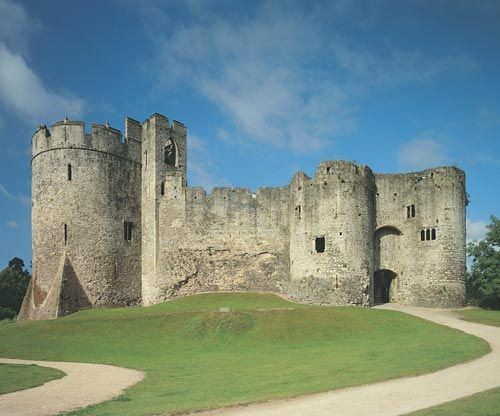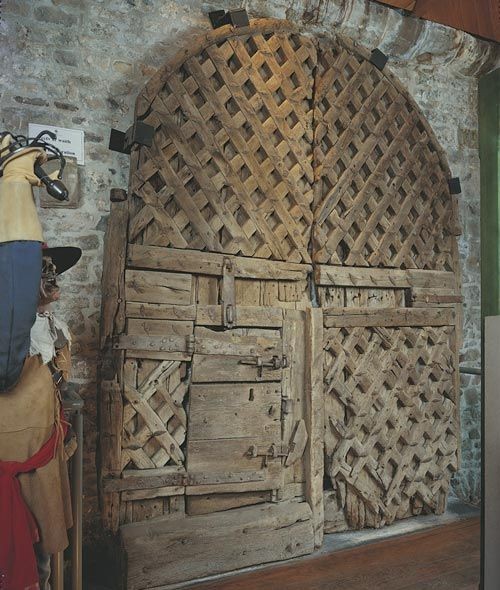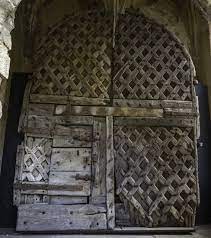The development of medieval studies was a significant aspect of archaeology after World War 2, and work on castles was a prominent feature of these studies.

For those wanting to discover the facts about medieval castles in Wales, then a book that was published in 2008 is for you. This is Castles, Town Defences and Artillery Fortifications in the United Kingdom and Ireland: a Bibliography 1945-2007 (Donington: Shaun Tyas), compiled by John R. Kenyon.
However, much work had been done on castles long before 1945, although our understanding of these monuments has altered over the years. Because of the fine examples of castles to be seen in Wales, castle studies in this country have played an important role in the way that our research on these buildings has evolved over the last 150 years or so.

The great stone castles of Wales
George Thomas Clark has been described as the founding father of the castle studies. He was an engineer who worked under the great I. K. Brunel on both the Great Western and the Taff Vale railways in the 1830s. From the 1850s he was managing the Dowlais ironworks in Glamorgan, and well placed to indulge himself in examining the castles of Wales, on which he wrote numerous papers, later collected in book form. His theories on the origin of the earthworks of the first Norman castles in England and Wales, notably the castle mounds or mottes, such as that can be seen at Cardiff Castle, were soon shown to be wrong by later researchers, such as Ella Armitage. Nevertheless, a considerable amount of his work on the great stone castles of Wales and elsewhere is still of value.

The Bibliography 1945-2006, with its 740 pages, indicates just how popular castle studies, both academic and popular, have been since 1945. Worth noting is the excavation of the first Montgomery castle, known as Hen Domen [Old Mound], from 1960 to 1992, as this has given us a fascinating picture of what this earth-and-timber castle in the Welsh Marches would have looked like in the twelfth century.
The oldest castle doors in Europe

Other recent research has helped us change our understanding of the development of certain features to be found at some of the great stone castles. One of the best examples of this concerns Chepstow in south-east Wales. The introduction of rounded twin-tower gatehouses, such as the outer gate at Chepstow, has in the past been seen as a development from the about the 1220s. However, the wooden gates that hung in the gatehouse until 1962, and which are now on display inside the castle, have been dated through the analysis of the tree rings (dendrochronology) to the 1190s, making them probably the oldest castle doors in Europe.
Elsewhere, excavation and conservation of a number of the castles of native Welsh lords have been undertaken, for example at Dinefwr and Dryslwyn in Carmarthenshire. Dolforwyn in Powys, the last castle to be built by Llywelyn ap Gruffudd, prince of Wales (d. 1282), has been totally uncovered, and the results of the work at all three castles have appeared in popular guidebooks and academic reports.